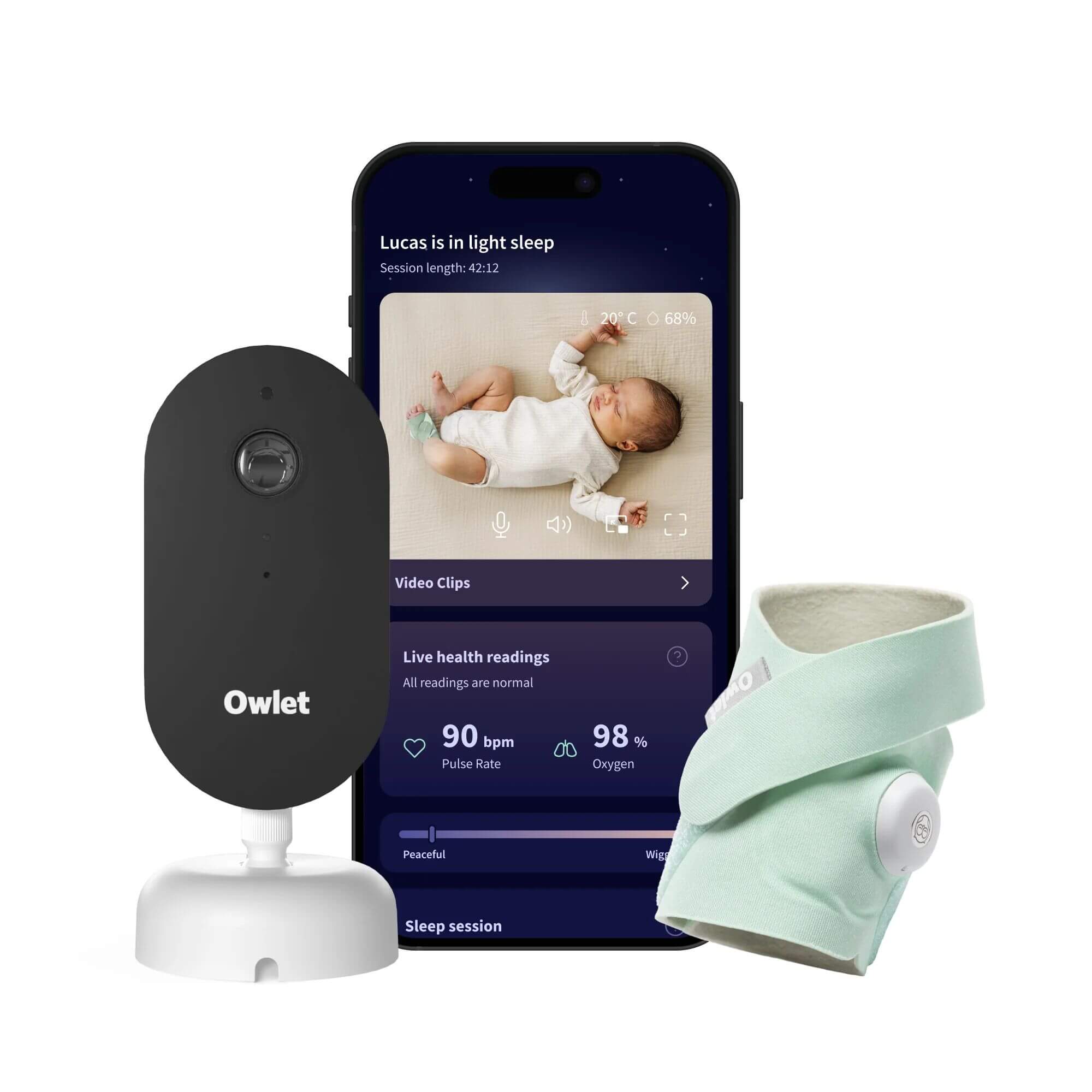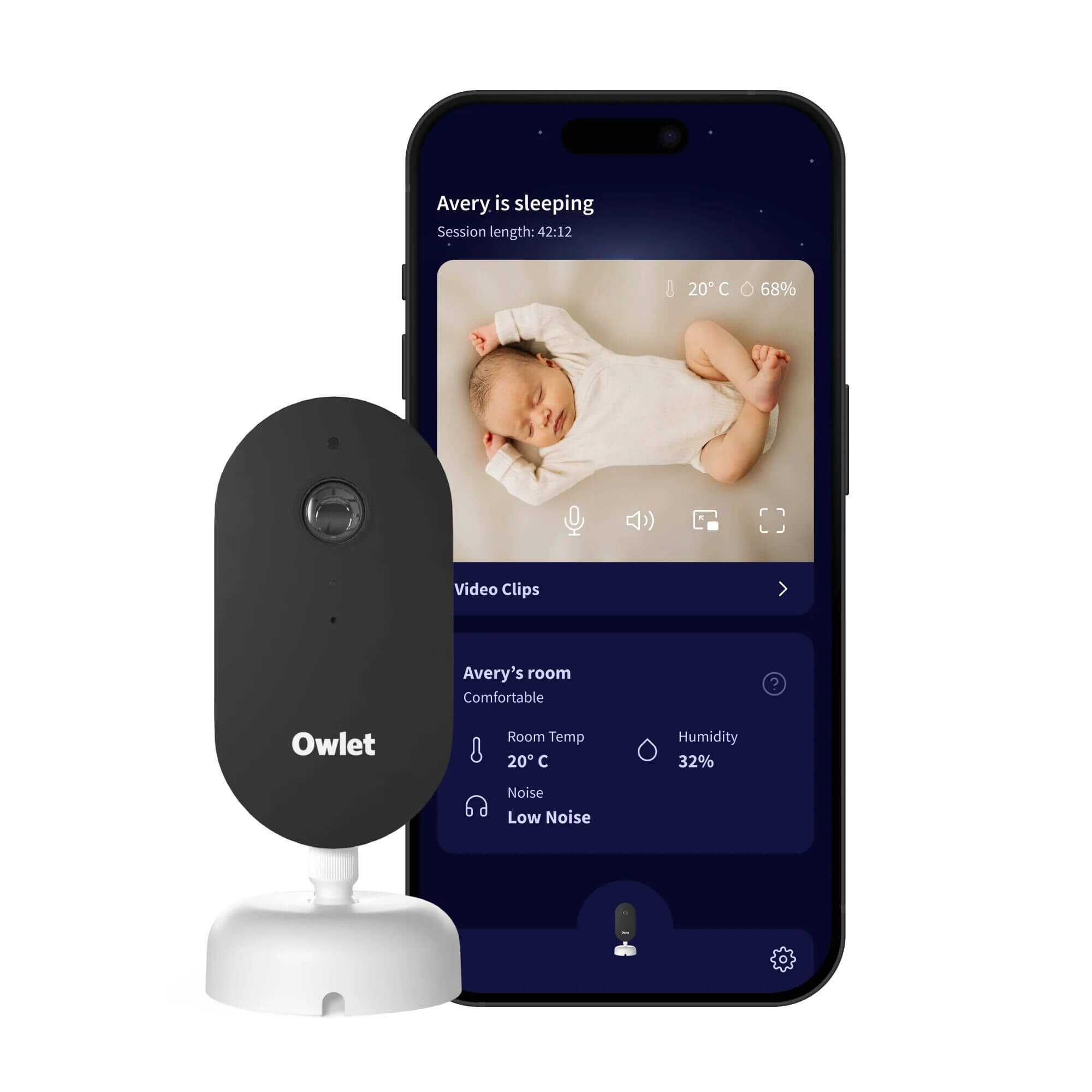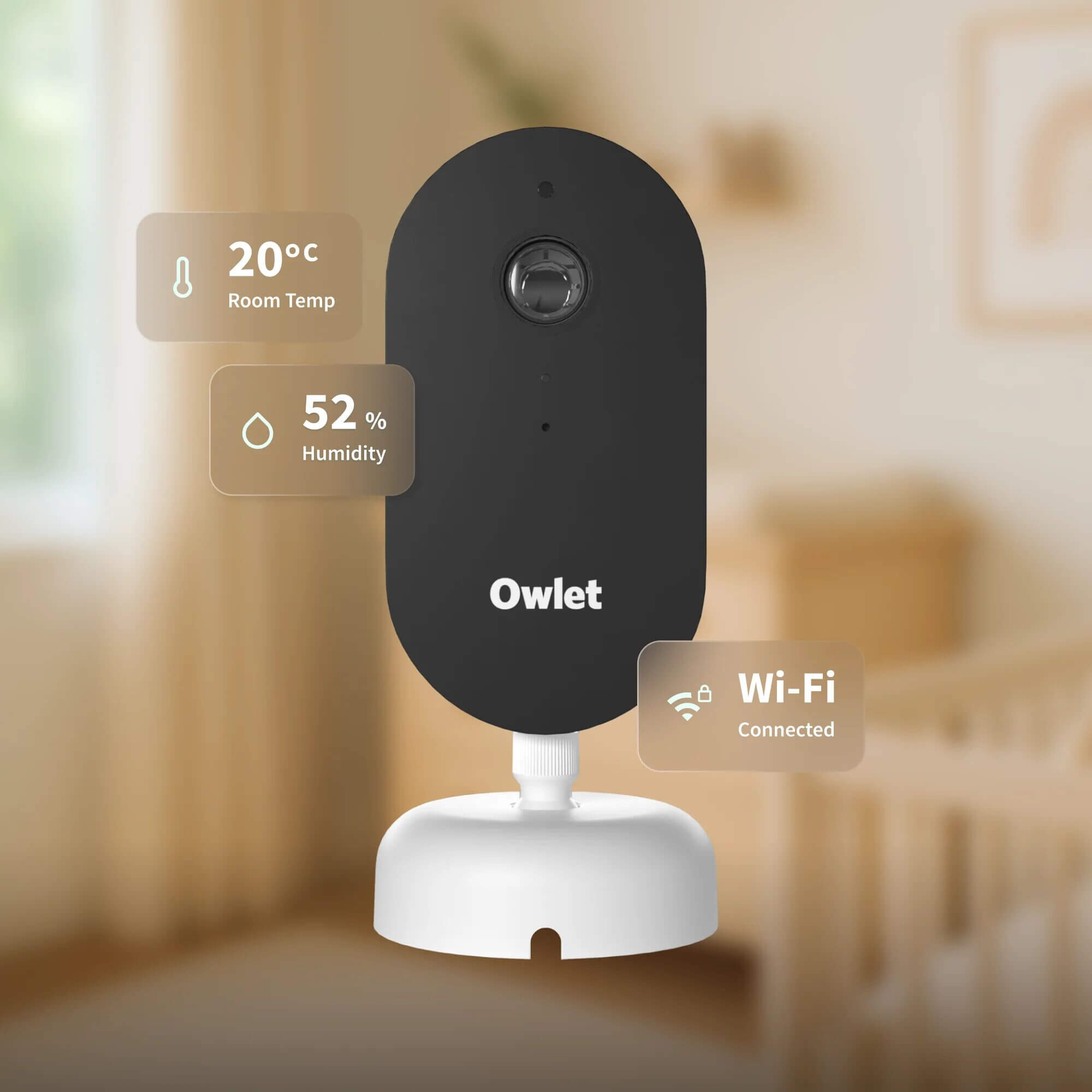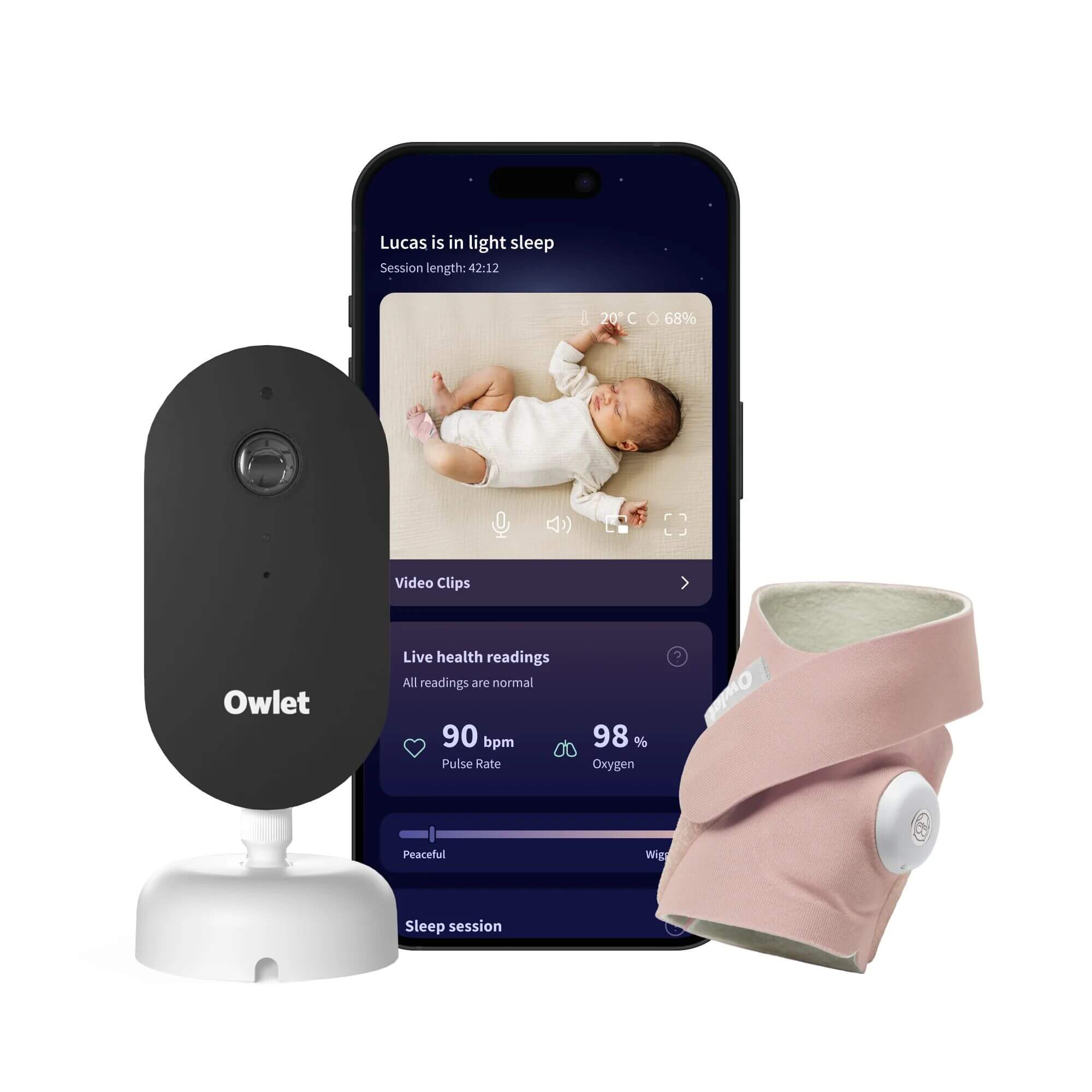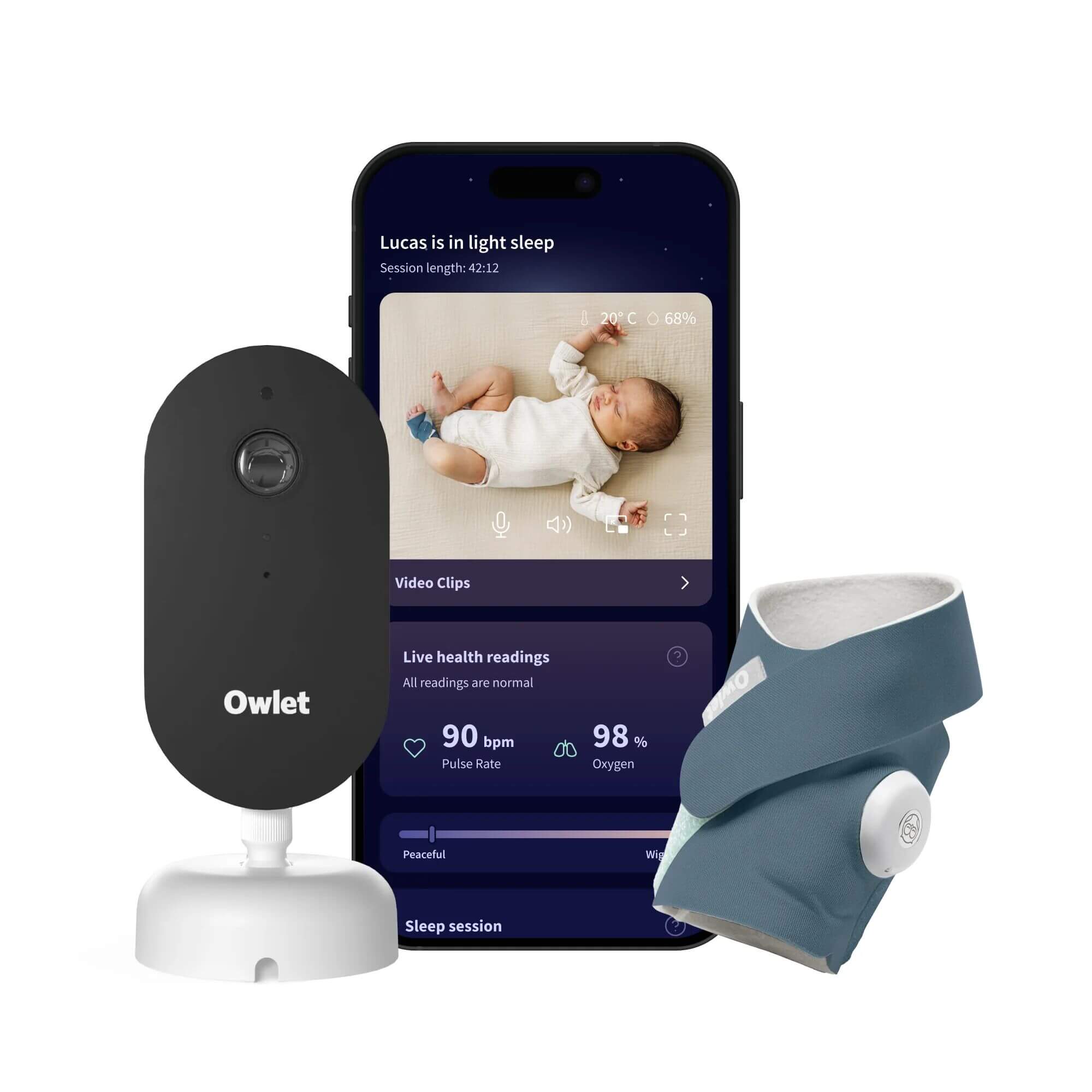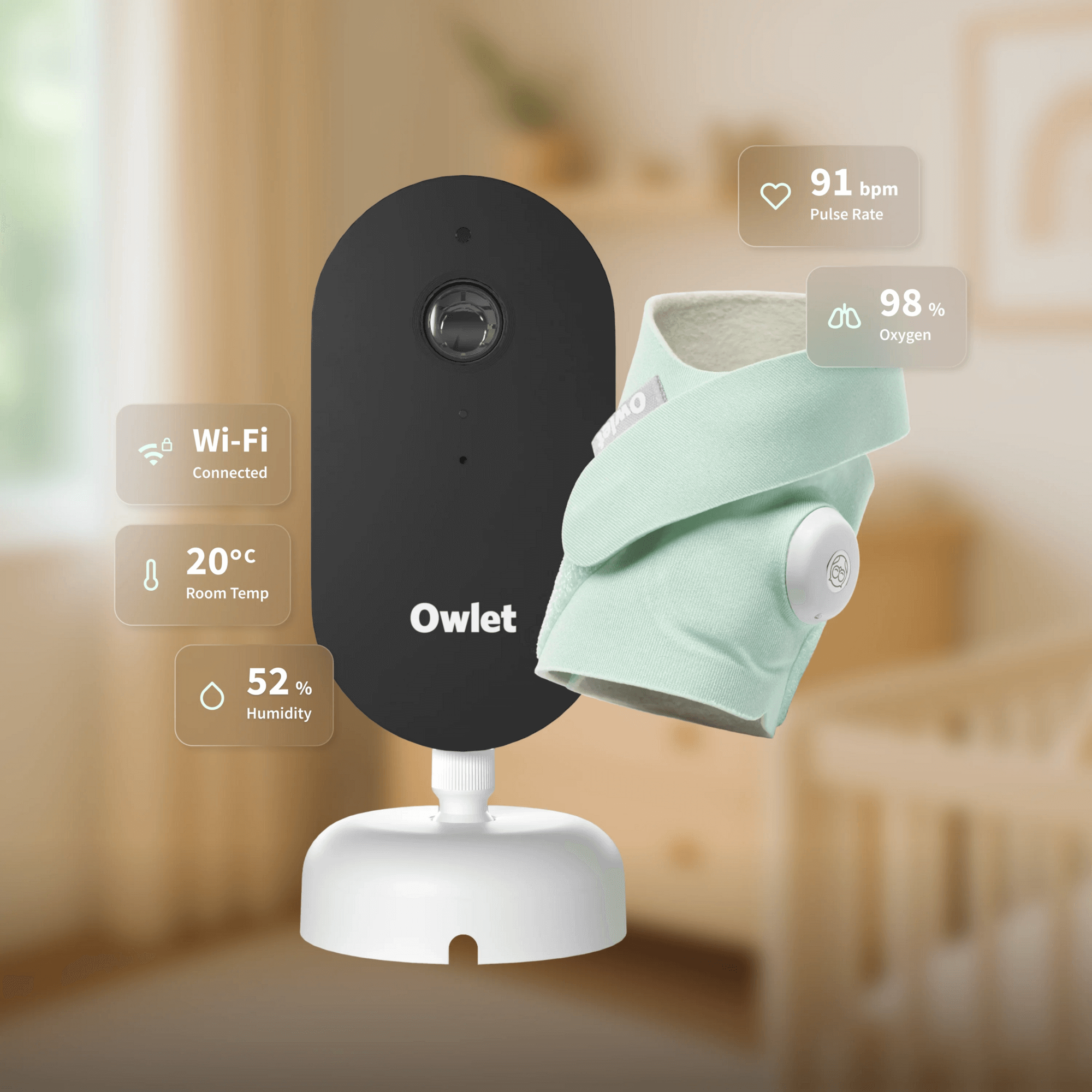One Mother's Quest to End SIDS
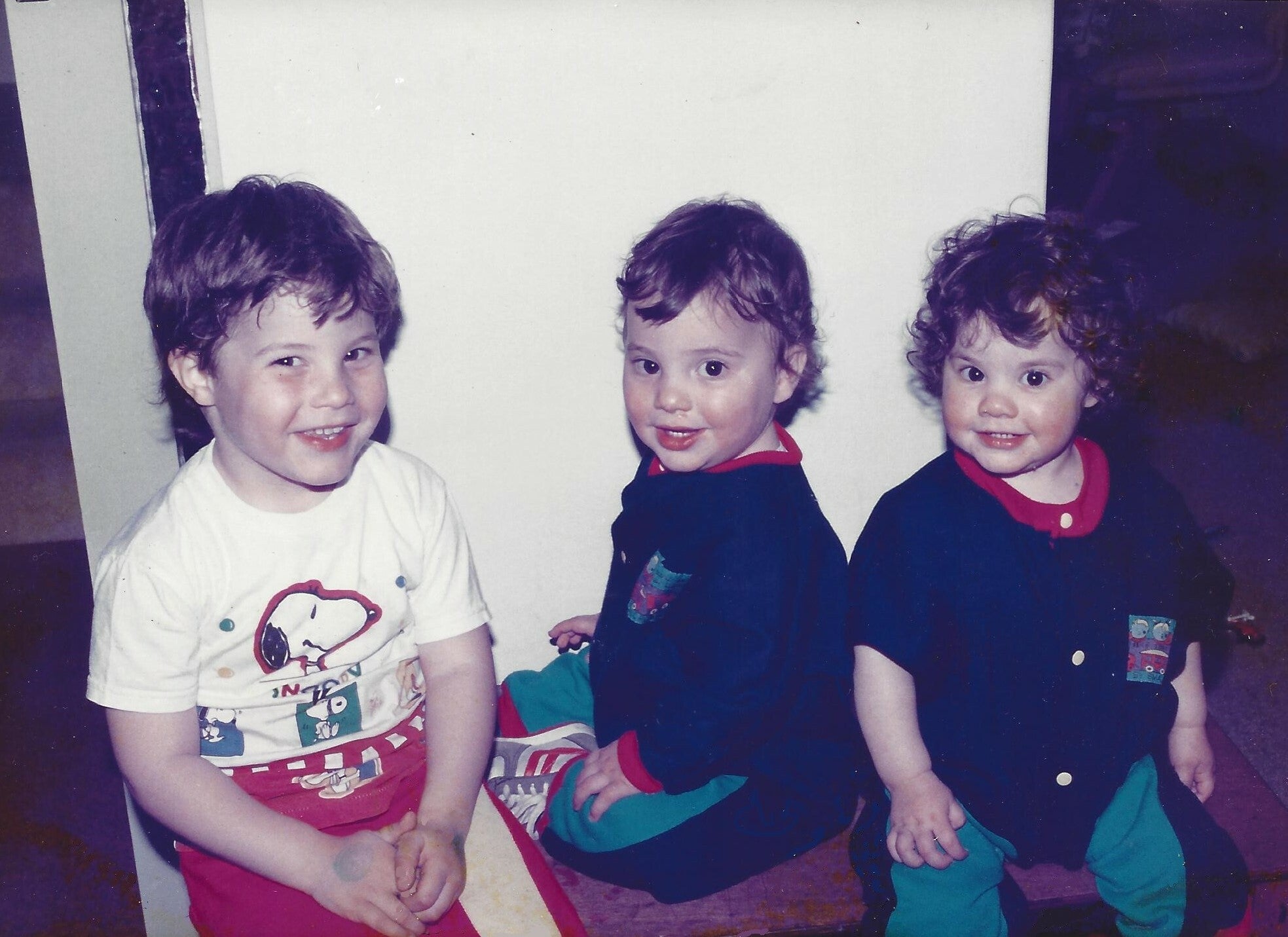
By: Dr. Carmel Harrington
31 years ago, my precious young son, Damien, went to sleep one night and never woke up. It was three days before his second birthday. Damien had a twin sister, Charlotte, and an older brother, Alexander. Our family was bereft.
After thorough investigation, no cause of death could be determined. He was yet another child that had died suddenly and unexpectedly in childhood, from no known cause. We were told it was cot death, but in our current times this is referred to as SUDEC (sudden unexpected death in early childhood). I was told that “these things happen”, that “it was tragic” and” go home and have more babies”. But I couldn’t. If nobody could tell me how Damien had died how could I be guaranteed it wouldn’t happen again?
As the months wore on, I thought obsessively about what I must have missed. I thought it unspeakably cruel not to have a reason as to why he died. It was also agonising to think that I wasn’t there with him when he died, not to be even given a chance to protect and save him, because that’s what mothers do. I couldn’t believe that of all nights in his short life that this was the one he died. You see, Charlotte, his twin, hadn’t slept through the night since the day she came home from hospital. So I always got up several times throughout the night to tend to her. And as they were in side-by-side cots, I normally did a bit of fussing around Damien. But the night he died Charlotte had not disturbed my sleep and I hadn’t needed to check on either of them.
This thought would not leave me, and I thought about it constantly. And then, about 12 months after his passing, the thought suddenly hit me – maybe Charlotte’s constant waking had actually kept him alive, because maybe he wasn’t able to arouse appropriately on his own.
My thoughts after that were chaotic and disorganised but bit by bit I started to research the mechanism of arousal. Even though at the time I was a lawyer, I had previously trained and worked as a biochemist and was comfortable in the world of research. Through the scientific literature I learnt that the autonomic nervous system, (the nervous system that looks after our heart rate, our breathing and our arousal), was thought to possibly play a role in SIDS and that there was a belief by some researchers that these infants may have an arousal deficit.
Armed with the literature and with my own personal experience I started to seek out experts to discuss this possible connection. Sadly, none were interested, and I was metaphorically patted on the head and told to go home, stop obsessing and have more babies.
Nonetheless I was sure that my observation was relevant, so I was undeterred by the opinions of others. In fact I was spurred on by a fierce determination that I was only just discovering in myself and which I have since observed in many other SIDS mums. I took my investigation further and approached our Chief Forensic Pathologist in NSW. He advised me to speak with a professor at Sydney University. I did. And he actually listened to me and took my thoughts seriously.
As a result, I left my legal career and my marriage (already deeply fractured under the strain of grief and dealt the final blow when I went back to study), and I undertook my PhD investigating autonomic function and assessing arousal responses in infants at risk of SIDS. After several years of research, it was clear that some infants indeed had a level of autonomic dysfunction and an impaired arousal system however, it was unclear what part of this system was involved.
Unfortunately, by the time I finished my PhD I had very little money and, having two children to educate and raise, I returned to legal practice. This meant that for a time I had to put my research on hold but my obsession with SIDS was always with me, and children do grow up.
It is often thought, especially by those who have not had to suffer the visceral assault of a child’s death that there comes a time when you are “over it”. I am testament to this fallacy. A day did not go by that I did not think about my son and how he died. And, because I am biochemist, I started thinking about the chemistry of the arousal, because after all, it is all just chemistry.
In Australia, there is little to no funding for SIDS research so, in order for me to continue in my unpaid research role I had, concurrently with my legal job, been developing a business that would give me the financial independence to resume my work and in 2014 I did so. The intervening years had not been wasted as I had spent countless hours researching the different aspects of the autonomic system and particularly the cholinergic system, which is involved in the process of arousal. Luckily for me, over those intervening years, our knowledge of these systems and of arousal had continued to grow.
My next steps were to do a series of sleep studies in which I correlated different aspects of sleep with autonomic function and excitingly as a consequence of this I was able to narrow the field of interest to 2 enzymes in particular, acetylcholinesterase and butyrylcholinesterase.
Once I discovered that these 2 enzymes were perhaps critically important in SIDS I spun into action. I had been thinking about this next step for half my adult life. My plan was to use dried blood spots collected at birth and compare survival vs non-survival in the first two years of life with the aim of developing a biomarker for vulnerability to sudden death. It was a long shot, but I thought it was worthwhile going down the rabbit hole. But of course, as usual, there was no money. Not to be deterred, I took to crowdfunding. I set this up in Damien’s honour, calling it Damien’s Legacy, and raised the necessary $50,000.
It took another painstaking four years to complete the study, including Covid lockdowns, but the investigation was a success. From this work we have been able to identify, prior to death, a biochemical marker that differentiates SIDS babies and we now know that infants that go on to die from SIDS are low in these enzymes which infers that their arousal system may not be 100% efficient. This finding hopefully gives some solace to parents who have experienced the tragedy of SIDS. Far too often they carry guilt of their precious child dying on their watch. They can now be reassured that the death of their child was not from lack of care, or something they missed but rather due to this hidden, and I stress hidden, enzyme deficiency.
It was a surreal moment when I first realised this. In fact, it is still hard to believe what we have managed to achieve. While there is much still to do, I feel vindicated. My journey has been extraordinarily challenging with so many hurdles. Many times I have been on the verge of giving up, but the thought of Damien and all those other babies gave me the strength to continue.
Now though I am truly excited by the future possibilities of this research. When I started this journey I was told that trying to find the cause of SIDS was like finding a needle in a haystack. Well, I think we may have found a needle, but we need to understand it more, and we still have a way to go. We have not found the cause, merely a biomarker, but this is powerful. It means that for the first time we have the possibility of identifying infants at risk of SIDS prior to death and providing appropriate interventions. I think this could be just three to five years away and my belief in such a timeframe is strengthened by what the world was able to achieve with Covid in so short a time. With sufficient resources and funding the devastating Covid virus was brought under control. So too I believe with SIDS.
It makes me so mad that the rate of SUID has not changed over the last 25 years. In 2022, in the USA alone, 3400 babies died suddenly and unexpectedly. To put this in perspective, this is triple the rate of all children dying annually from cancer in the USA (1040 in 2022) and yet it receives just a fraction of the federal research funding ($15 million compared to $651 million in 2022). Indeed, the majority of SIDS research is funded by non-profit organisations like the Knox Blocks Foundation, and without their generosity very little SIDS research would occur at all.
I do wonder, how as a community we have let this go under our radar for so long? Why have we not paid more attention to our most vulnerable and precious? No parent, grandparent or sibling should ever have to walk the path that we SIDS families have had to endure. It is no one person’s problem, this is a community problem. So it is as a community, standing shoulder to shoulder, that we need to act to prevent these tragic deaths.
I am so very grateful to the Owlet and Knox Blocks community for their generosity in bringing us all together in this campaign. It is through their kindness that I believe our work will be done and thanks to them there will come a day when every parent will be able to let their baby sleep, secure in the knowledge that they will simply wake up.
The quotes, stories, and experiences included here are those of the individuals and are not representative of Owlet's views or claims about our product. Individuals were not paid and did not submit their information as part of any paid promotion by Owlet. The content provided on this blog is intended for informational and educational purposes only. It is not a substitute for professional medical advice, diagnosis, or treatment. Always seek the advice of a qualified healthcare provider with any questions you may have and to learn more about your child's specific needs.

